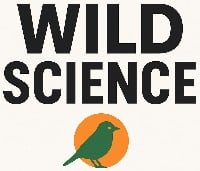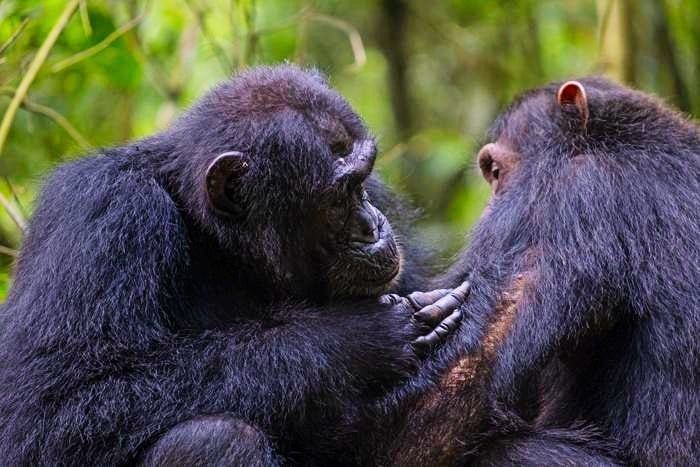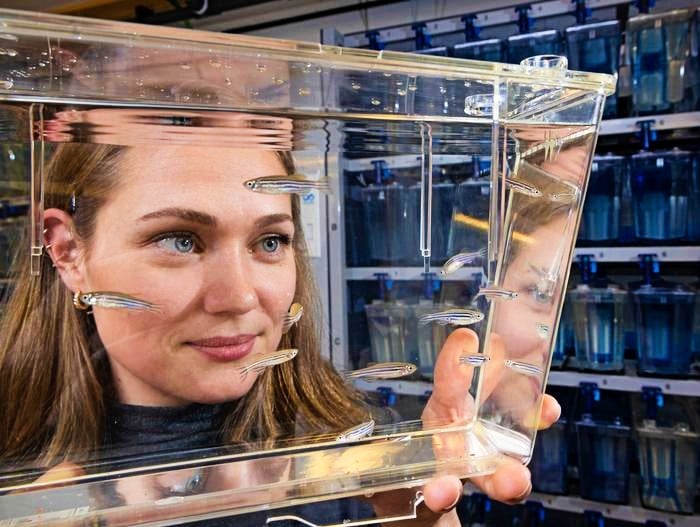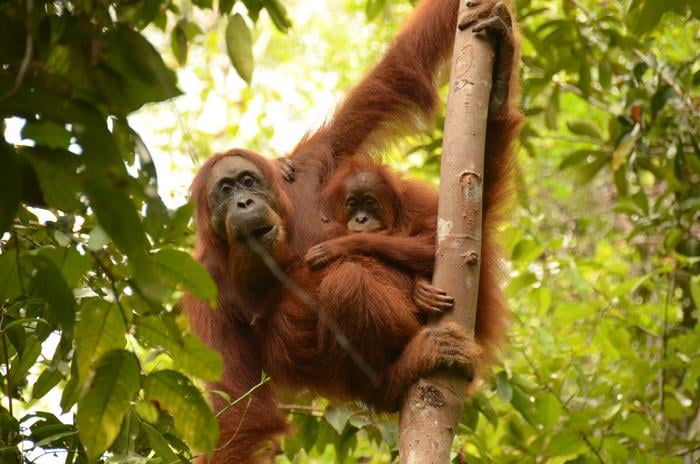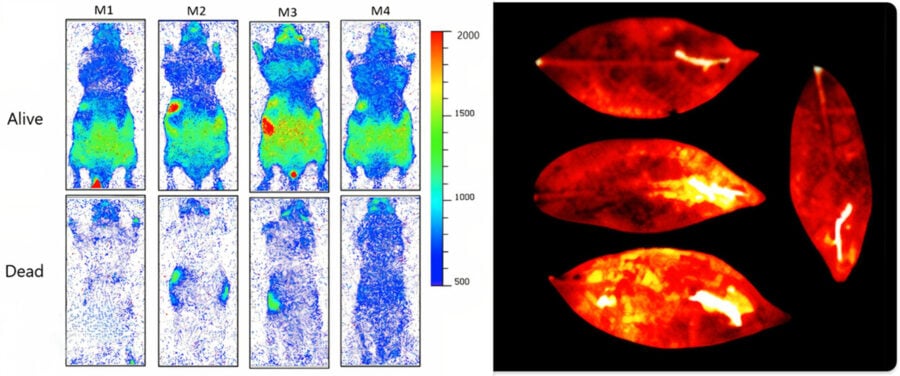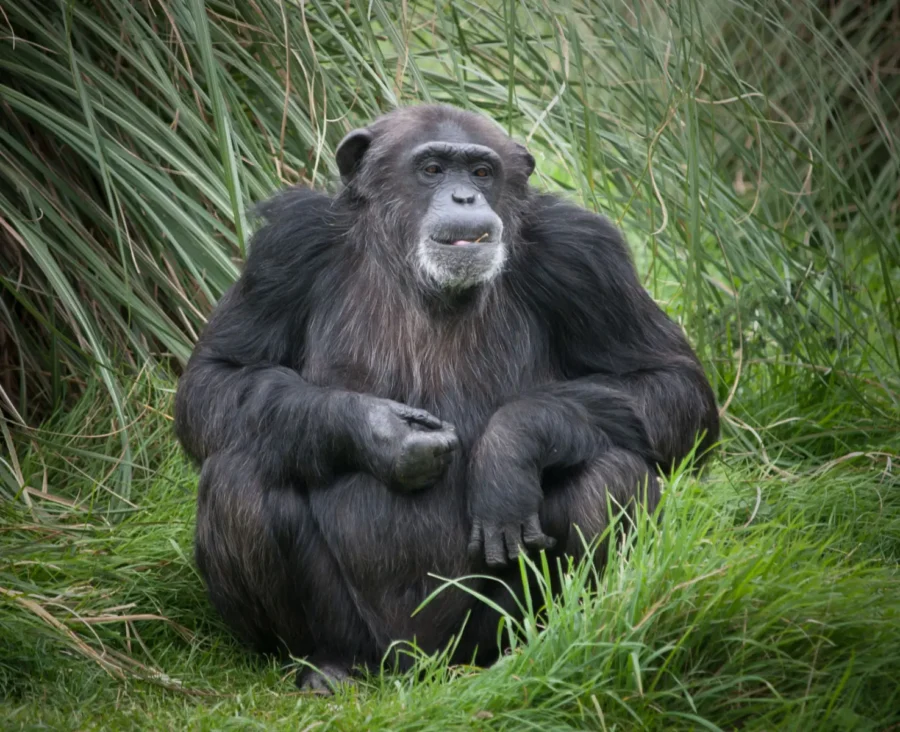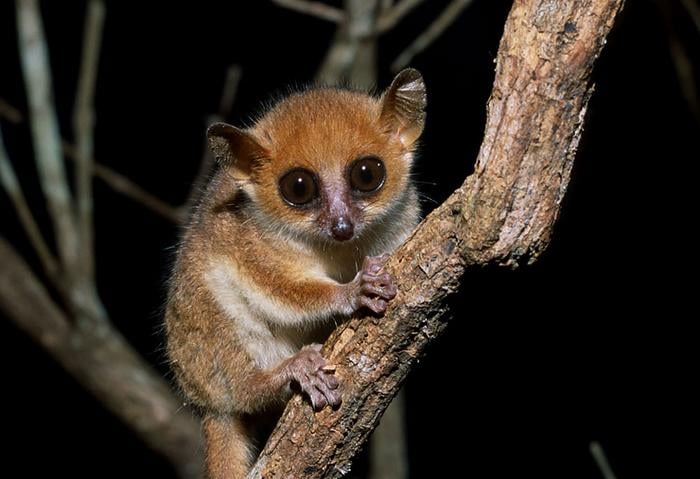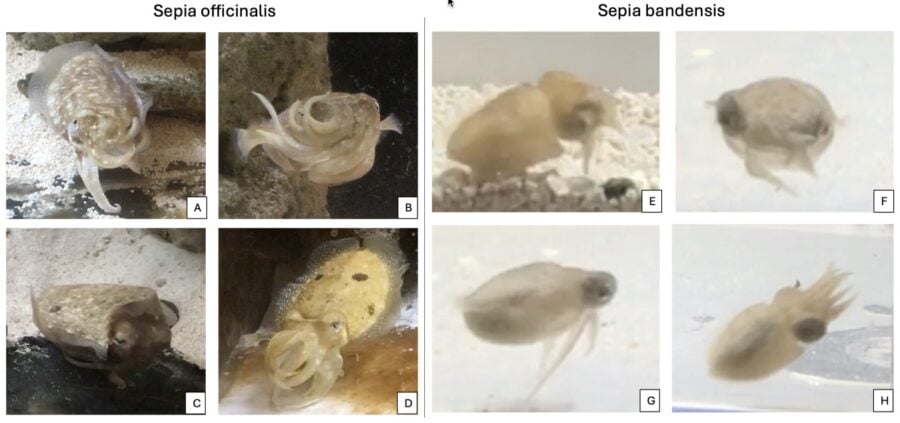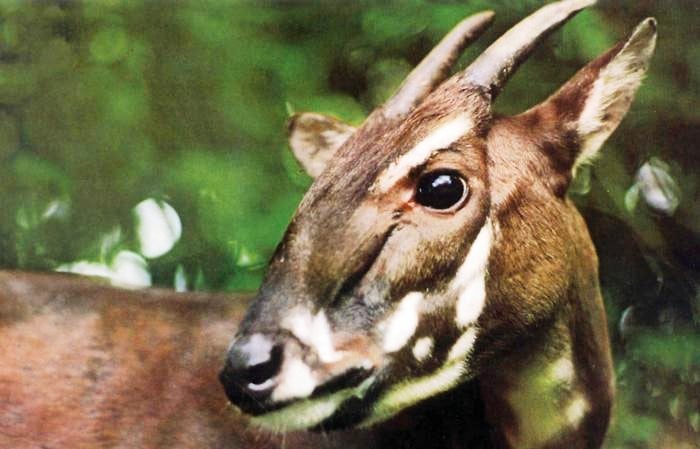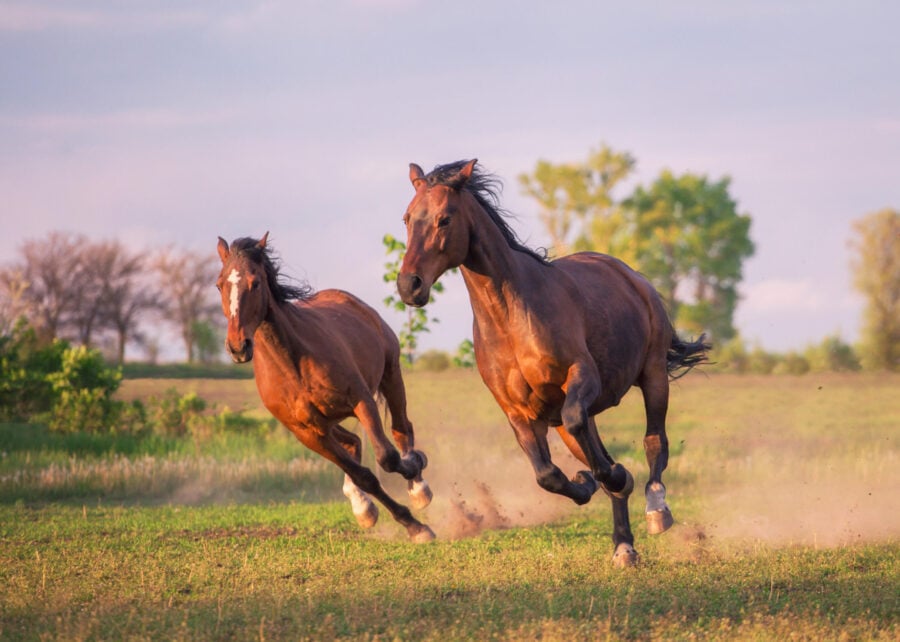Ancient Sea-Moth Predator Rewrites Arthropod Evolution
A finger-sized marine predator with three eyes and an unusual respiratory system is challenging what scientists thought they knew about the early evolution of arthropods, the group that includes modern insects, crustaceans, and spiders. Canadian researchers have discovered Mosura fentoni, a 506-million-year-old creature from the famous Burgess Shale fossil beds, with an unprecedented body arrangement … Read more
